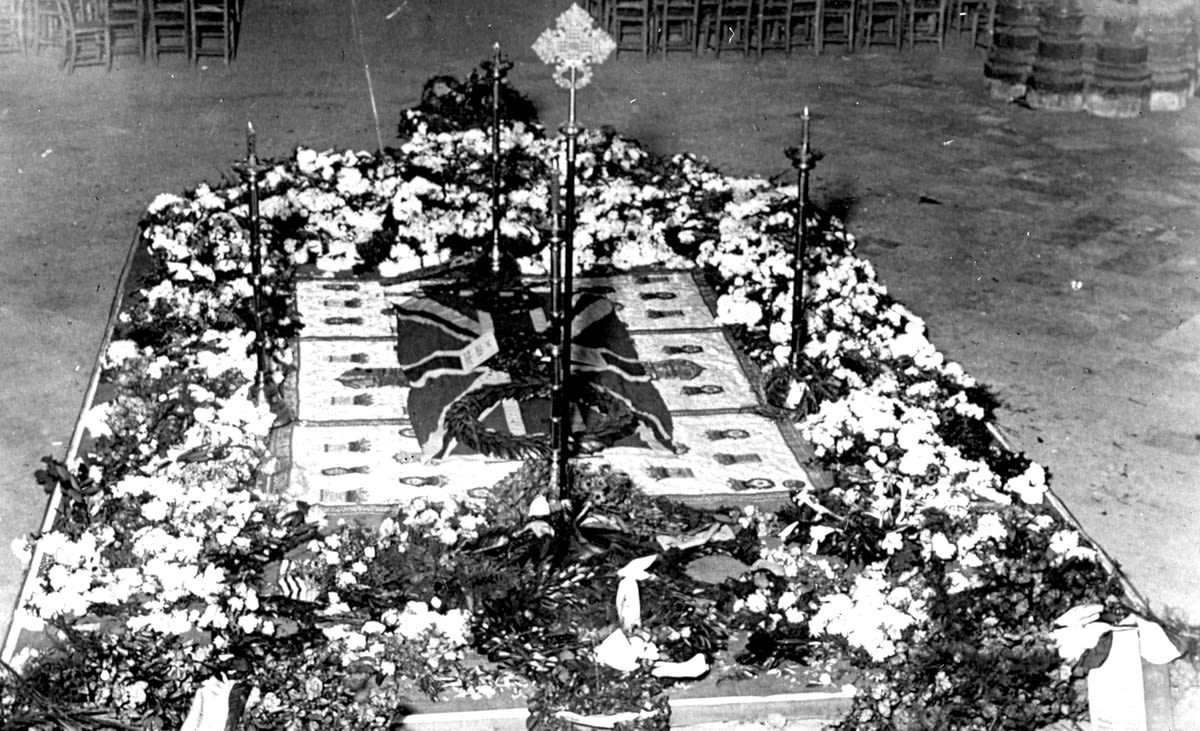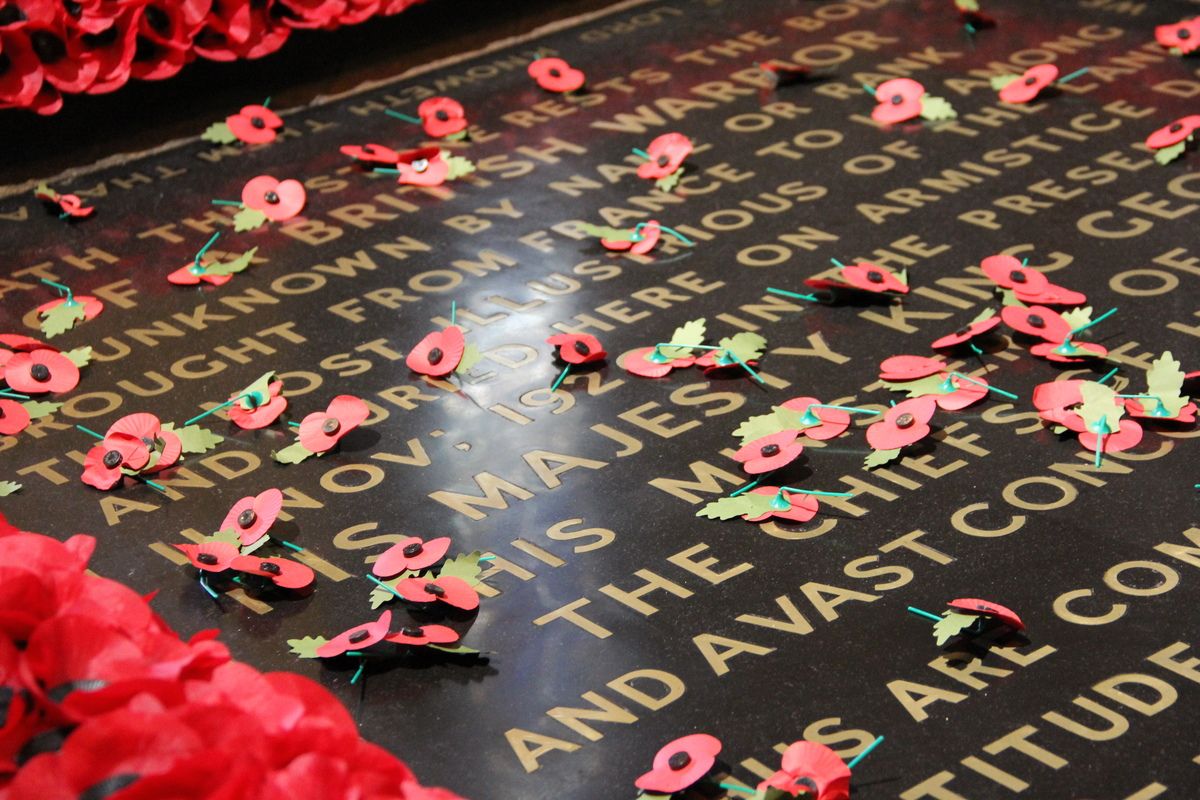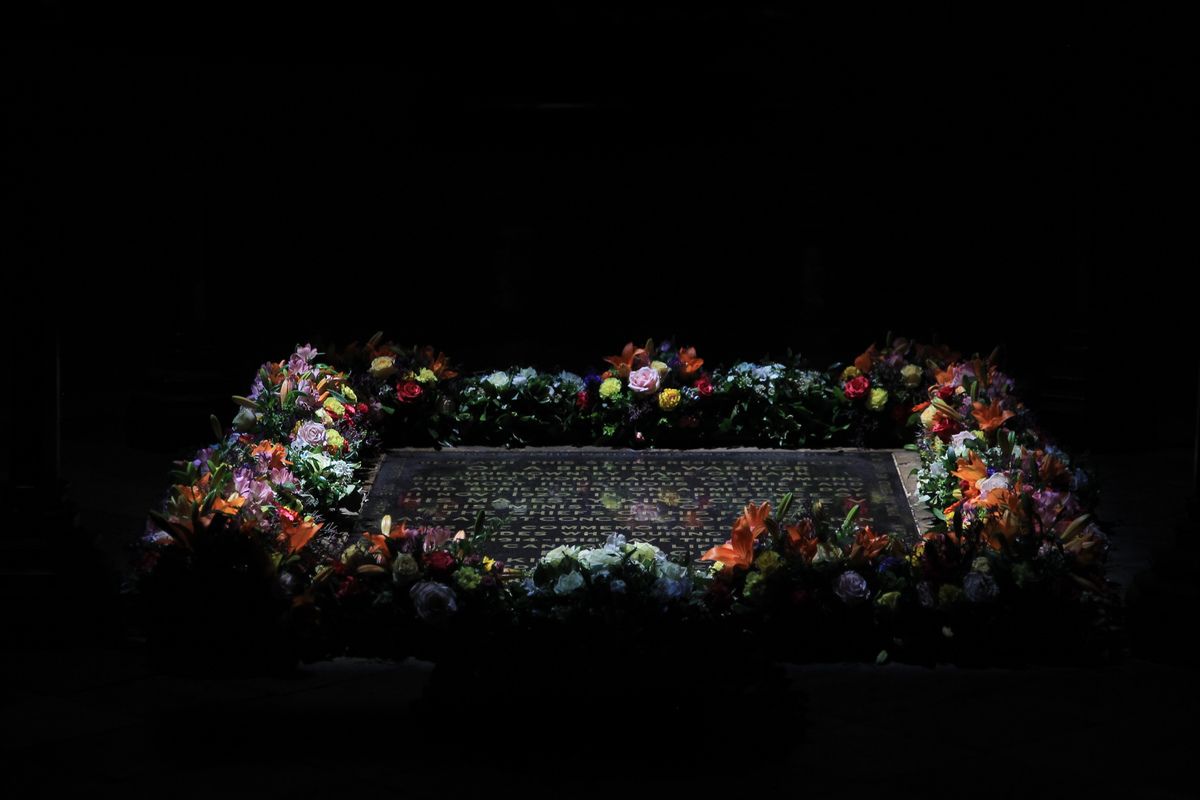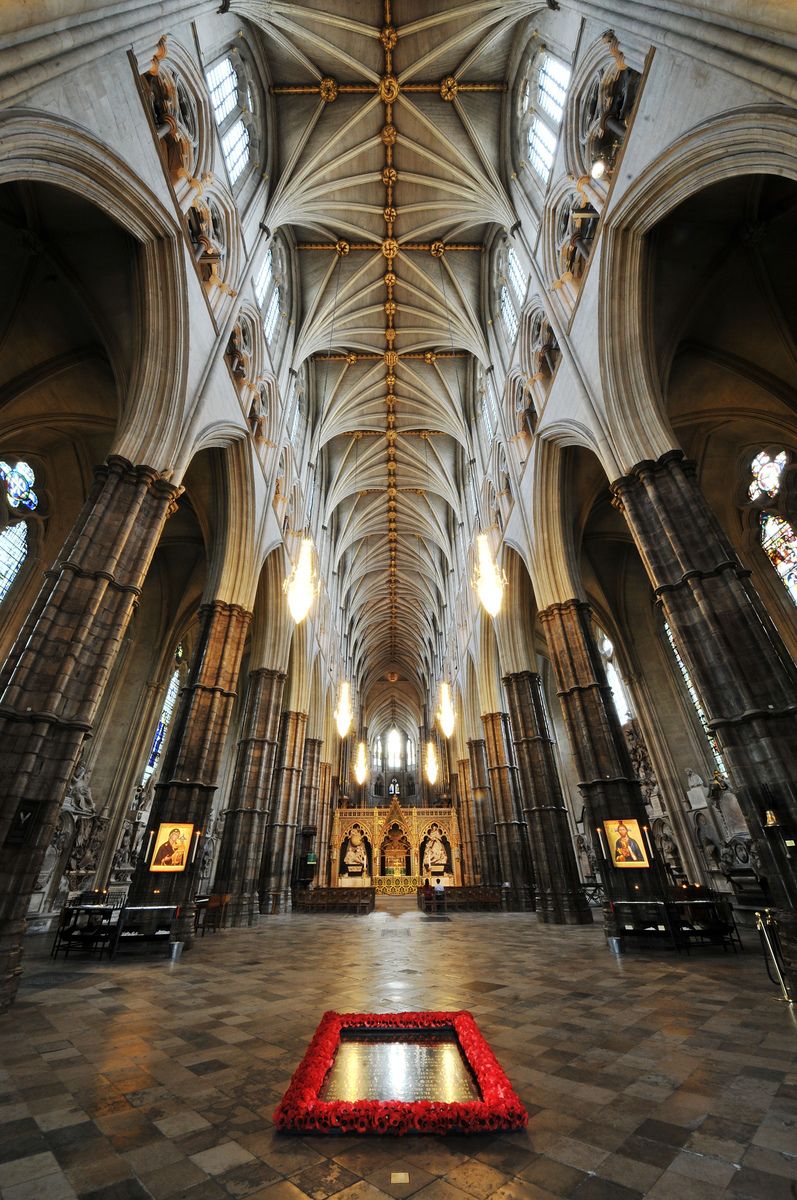The Burial of the Unknown Warrior
The story of the unidentified First World War soldier
buried at Westminster Abbey


Armistice Day, also known as Remembrance Day, is a momentous event in Britain’s war history — it marks 11 November 1918, the day that signalled the end of the First World War.
Commemorated every year with a two-minute silence at 11:00, marking the exact time the agreement between the Allies and Germany was made, this year also sees another special anniversary.

One hundred years ago, on 11 November 1920, the body of an unknown British soldier was buried in London’s Westminster Abbey, after being transported from the battlefields of Northern France and across the British Channel.
Reverend David Railton, a clergyman and army chaplain, came up with the idea of the Burial of the Unknown Warrior in 1916, after seeing a grave which bore the stark words “An Unknown British Soldier”.

In 1920, he wrote to the Dean of Westminster to propose that an unidentified soldier be buried “amongst the kings” at Westminster Abbey with a ceremony. The idea was supported by King George V and then-Prime Minister, David Lloyd George.
The ceremony was attended by royalty, ministers, armed forces and those who were grieving, and the soldier was buried at the west end of the nave of Westminster Abbey, along with soil from the battlefields.

Millions of soldiers died at the hands of the First World War, many of whom were never identified or found. This soldier symbolises all those who were never buried, and commemorates all lives lost to the war. Over 900,000 British Empire soldiers were killed during the First World War, and over 190,000 were reported missing or prisoners.
You can read more about the Unknown Warrior on the National Army Museum’s website. Find out more about how you can mark the day.
